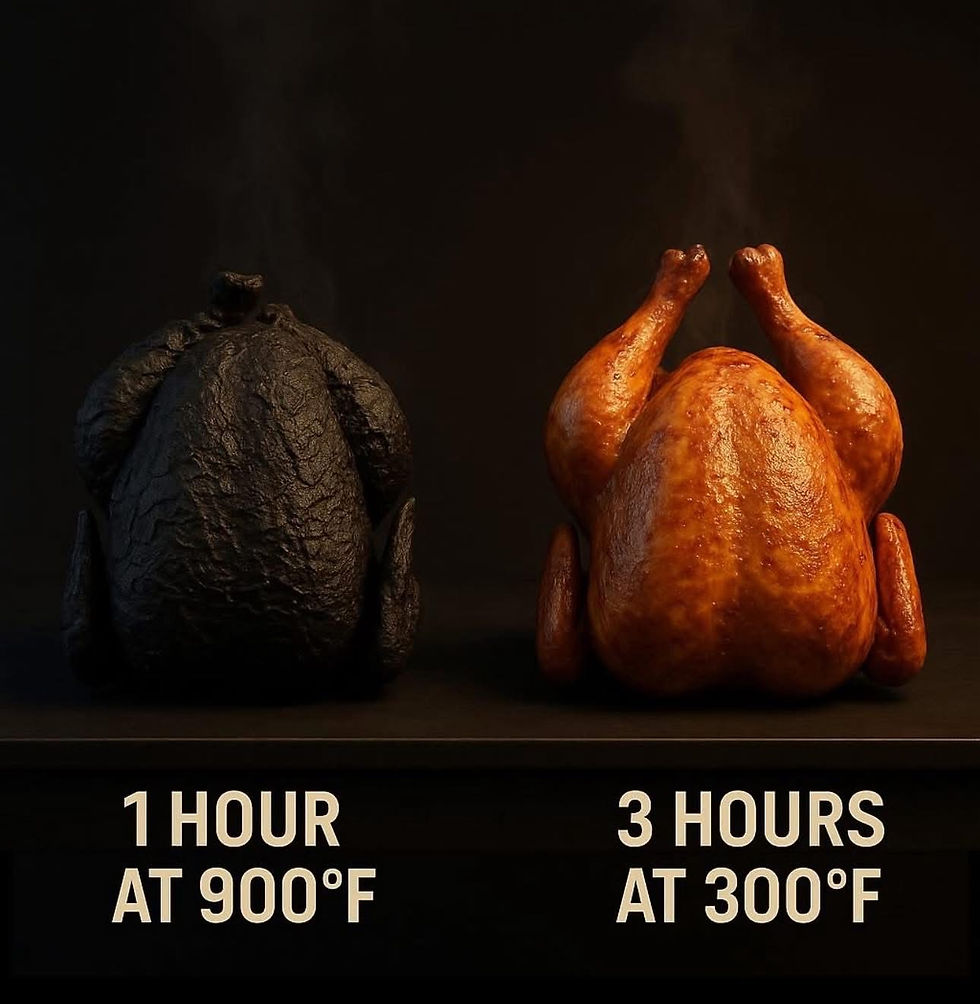When Therapy Hits a Wall: Why the Body (and Chakras) Matter
- Corena Hammer

- Sep 25
- 2 min read
If you’ve ever sat across from a client and felt like talk alone isn’t enough, you’re not alone. Therapists everywhere are noticing that our clients carry as much in their bodies as they do in their thoughts. The knot in the stomach before a hard conversation. The lump in the throat when grief rises. The heaviness in the chest after a loss.
These “random sensations" clients report are actually signals from the body that something deeper needs attention that can support their emotional state of being once addressed. And yet… most therapists were never trained to map these sensations in a structured way. That’s where the chakra system can quietly become a powerful ally.
Why bring chakras into therapy?
Forget the stereotypes of incense and mysticism for a moment. When reframed through a clinical lens, chakras are simply energy centers that overlap with the nervous system and major endocrine glands.
The root chakra parallels grounding and safety — the same area where many anxious clients feel shaky.
The heart chakra relates to compassion and connection — often where grief and attachment wounds surface.
The throat chakra ties directly to communication — how often do our clients hold back words they most need to say?
When you see the body this way, you suddenly have a roadmap. Not to replace therapy, but to deepen it.
A bridge between talk and body
Integrating chakras doesn’t mean leading your client through headstands or chanting mantras in session. It means having a language for:
Naming where emotions live in the body.
Offering simple grounding or breath practices when words aren’t enough.
Validating that the physical and the emotional are inseparable.
This is especially powerful for trauma work, where clients may not have words — but they always have sensations.
A gift for you
At Clinical Yoga Institute™, we’ve created a Practical Chakra Basics Guide for Therapists. It’s a short, accessible resource you can use right away to:
Understand the seven chakras in clinical terms.
Learn therapist-friendly affirmations and applications for each energy center.
Start bridging Eastern wisdom with your Western training in a way that feels professional, practical, and safe.
Download this booklet for free and see how it can shift the way you listen to your clients’ bodies as much as their words.





Comments